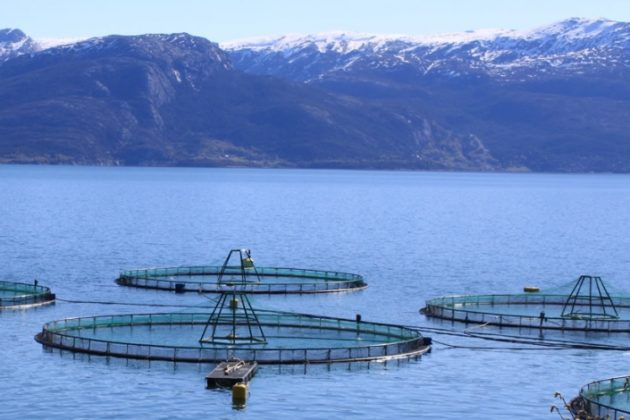Cost drivers in the aquaculture industry

Costs in the salmon aquaculture industry have risen considerably in recent years: production costs per kilogram increased by NOK 5 between 2012 and 2014.
One kilogram of salmon at slaughter cost approximately NOK 28.50 to produce in 2014.
Nofima and Kontali have studied costs in the aquaculture industry, in a project commissioned by the Norwegian Seafood Research Fund.
All costs are increasing, but the largest increases are the results of increased feed costs (around NOK 1.50 NOK per kilogram) and increases in undefined “Other costs” (also around NOK 1.50 per kilogram). This increase comprises to a large extent costs for the prevention and treatment of salmon lice.
The price of feed has increased due to a weakening of the Norwegian krone, and due to higher raw material costs. The economic feed factor has also increased, for reasons that include increased mortality and the size of dead fish.
Salmon lice
The costs of controlling levels of salmon lice have increased, as have the costs of prevention. The greatest increase in costs, however, relates to treatment.
The industry has been compelled in recent years to return to delousing by hydrogen peroxide, due to resistance against some other delousing agents. This method is much more expensive not only due to the increased cost of the substances but also due to an increase in the work required. The treatment mortality of large fish is also an important contribution to increased costs.
“We estimate that salmon lice cost the industry NOK 3-4 billion in 2014. This does not include costs that result from lost growth and poorer feed factors,” says scientist Audun Iversen of Nofima.
The industry wants to avoid expensive treatments, and the scientists have seen that investment into prevention is increasing. Fish farmers now use both wild-caught and farmed cleaner fish (wrasse and lumpfish), shielding skirts and other measures that avoid medication. Such alternative measures are often used in combination.
Salary costs
Salary costs are also increasing, not only because the work required for control and routine operations are increasing, but also (and more importantly) because the costs of taking on manpower for lice treatment, net cleaning and other specialised services is increasing Even if the amount produced does not increase, salary costs increase also as a consequence of increases in the general salary level, and in competition with the increasing salaries paid in the oil and offshore industries.
The project discusses also the significance of cost-driving regulations, and how costs and regulations will influence competition within the industry. The project will also discuss such topics as the use of resources associated with administration, applications, environment impact assessments and certification, and will pay particular attention to the costs, advantages and disadvantages of stringent lice-reduction regimens.
Publication
Contact person
Topics
Salmon lice
